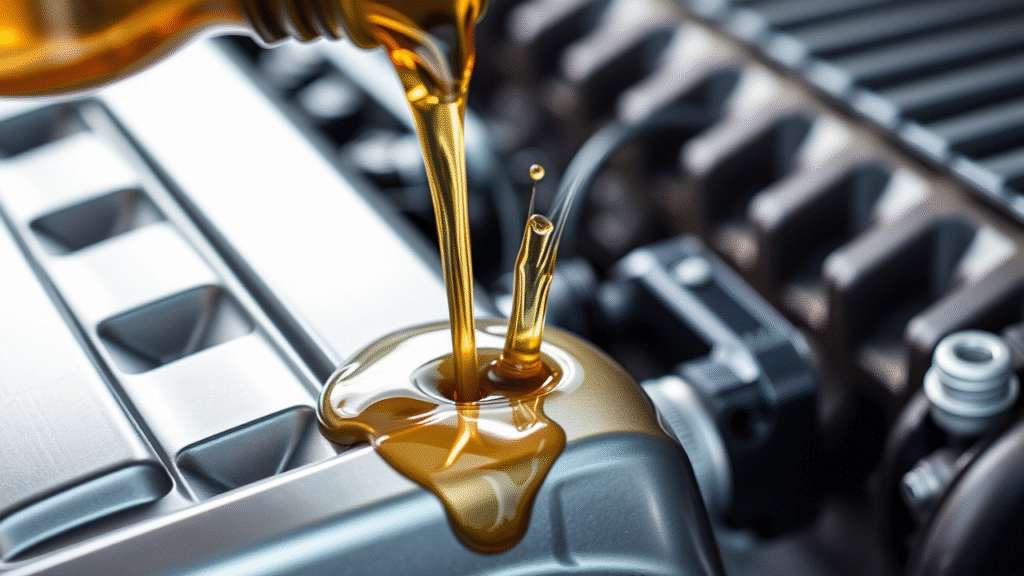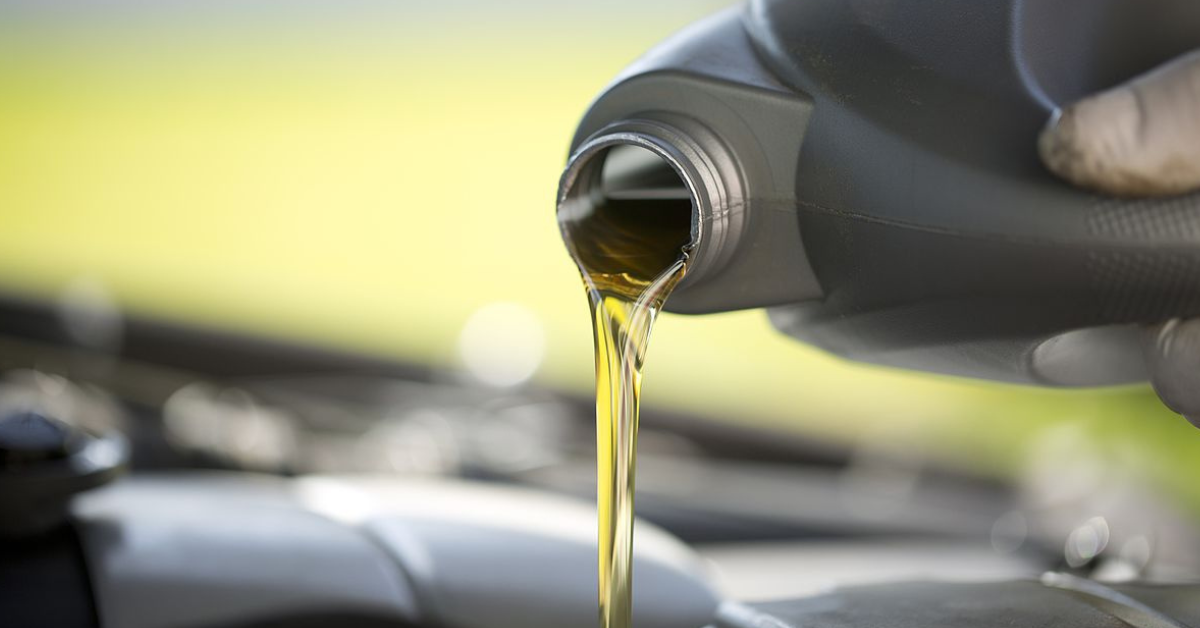Introduction
Vintage car engine oil is made for older and classic cars. It is designed to protect engines built many years ago. This oil keeps the engine parts moving smoothly and prevents damage.
Classic cars are not just vehicles, they are history on wheels. They need special care to stay in good condition. Using the right vintage car engine oil can make a big difference in performance and life.
There are different types of vintage car engine oil for different models and needs. Knowing the right one helps keep your classic running like new.
What Is Vintage Car Engine Oil?
Vintage car engine oil is a special type of oil made for older and classic cars. These cars have engines that work differently from modern ones. The oil is designed to give the right lubrication and protection for older engine parts.
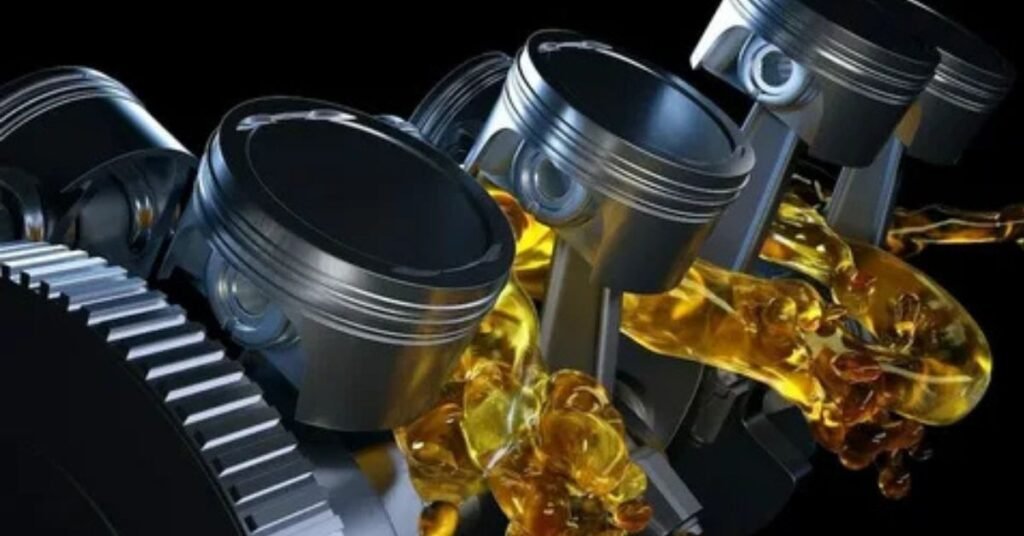
It often contains additives that prevent wear, rust, and sludge build-up. This helps the engine run smoothly and last longer. Using vintage car engine oil keeps classic cars in good condition and preserves their value.
Benefits using vintage car
Vintage car engine oil gives special protection to older engines. It helps reduce friction and wear between moving parts. This keeps the engine running smoothly for a longer time. It also protects against rust and corrosion.
Using the right oil can also keep your engine clean and free from sludge. Here are some main benefits:
- Protects engine parts from wear and tear.
- Reduces rust and corrosion.
- Prevents sludge and dirt build-up.
- Keeps the engine running smoothly.
- Helps maintain the car’s value and performance.
Choose the right engine oil
Choosing the right vintage car engine oil is important for your classic car’s health. First, check your car’s manual or manufacturer’s advice. Will tell you the right oil grade and type for your engine.
Think about your car’s age, engine condition, and how often you drive it.For better protection, older engines may require thicker oil.Also, pick oil with the right additives to prevent rust and wear. Using the correct vintage car engine oil will keep your engine safe and running smoothly.
Best Practices for Maintaining Vintage Car
Taking care of vintage car engine oil is important. Always check the oil level regularly. Change the oil at the right time, even if you drive the car less. Keep the engine clean to avoid dirt mixing with the oil. Keep the oil in a cool, dry place to keep it fresh.
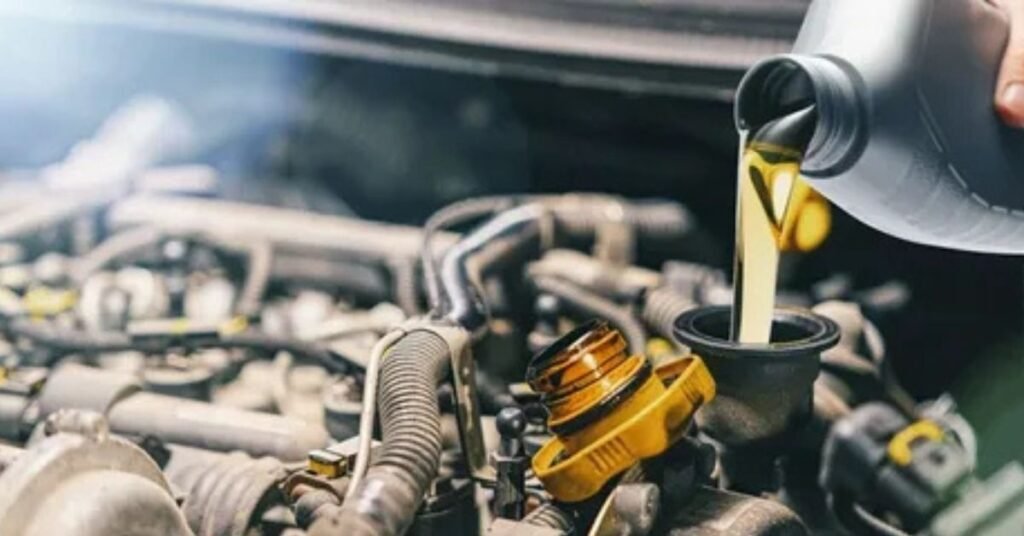
Ensure your car’s engine is lubricated correctly.Avoid mixing different oils. Drive the car once in a while to keep the oil moving inside the engine. Oil will last longer if it is maintained regularly.
| Practice | Why It Matters | How to Do It |
| Check oil level often | Prevents running engine with low oil | Use dipstick every month |
| Change oil on time | Keeps oil fresh and effective | Follow manufacturer’s schedule |
| Keep engine clean | Avoids dirt in oil | Wipe and service engine regularly |
| Store oil properly | Maintains quality for longer | Keep in cool, dry place |
| Use correct oil type | Protects engine parts | Follow car manual advice |
| Avoid mixing oils | Prevents chemical issues | Use one type of oil only |
| Drive occasionally | Keeps oil circulating | Start and drive short trips |
Common Myths About Vintage Car Engine Oil
- Many people believe any engine oil will work for a vintage car. This is not true. Older engines have different needs, and the wrong oil can cause damage. Some also think thicker oil is always better, but that’s not always the case.
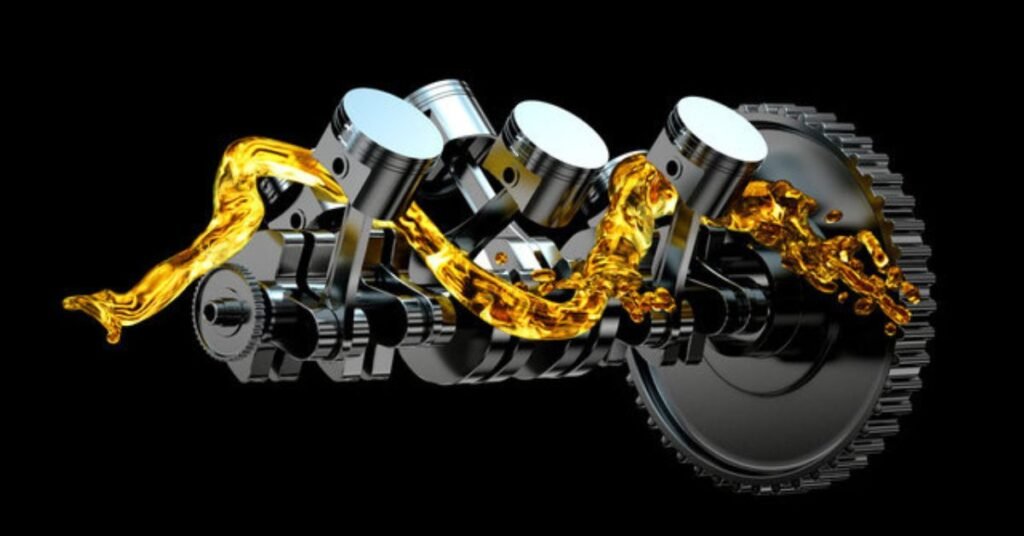
- Other myths can confuse vintage car owners. Here are a few common ones:
- Vintage cars don’t need oil changes often.
- Additives are not important for old engines.
- Modern synthetic oil is always bad for vintage cars.
- All vintage car oils are the same.
Signs You Need to Change Your Vintage Car Oil
If your oil looks dark, thick, or dirty, it’s time for a change. Strange engine noises like knocking or ticking can also be a warning. These signs mean the oil is not protecting the engine well.
A burning smell or low oil level is another clue. If your car feels less smooth or loses power, the oil may have lost its quality. Regular checks help you change it before damage happens.
Tips for Storing Vintage Car Engine Oil
Store vintage engine oil in a cool, dry place. Keep it away from direct sunlight and heat. Always close the container tightly to stop dust or moisture from getting in.
Use the oil’s original container for storage. Do not keep it near chemicals or fuel. If opened, try to use it within a reasonable time to keep it fresh and effective.
How Vintage Car Engine Oil Protects Classic Engine
Vintage car engine oil creates a smooth layer between moving parts. This reduces friction and prevents early wear. It also helps the engine run quietly and efficiently.
The oil contains additives that fight rust and stop dirt from building up. It keeps the engine cool and clean. This protection helps classic engines last longer and perform better.
Conclusion
Taking care of vintage car engine oil is very important. It keeps your classic car’s engine safe and running well. The right oil protects against wear, rust, and dirt. Regular checks and timely changes make a big difference.
Vintage cars are special and need extra care. Using the right oil and following good maintenance habits will help your car last for many years. It’s a small effort that gives big rewards for your classic ride.
FAQs
- What is vintage car engine oil?
It is a special oil made to protect and lubricate older and classic car engines. - How often should I change vintage car engine oil?
Even if you drive less, change it every 6–12 months or as recommended. - Can I use modern synthetic oil in a vintage car?
Some can, but always check your car manual or a specialist’s advice. - Why can’t I use regular car oil for a vintage engine?
Regular oil may not have the right additives and thickness for older engines. - Does vintage car engine oil expire?
Yes, oil can go bad over time, especially if stored improperly.
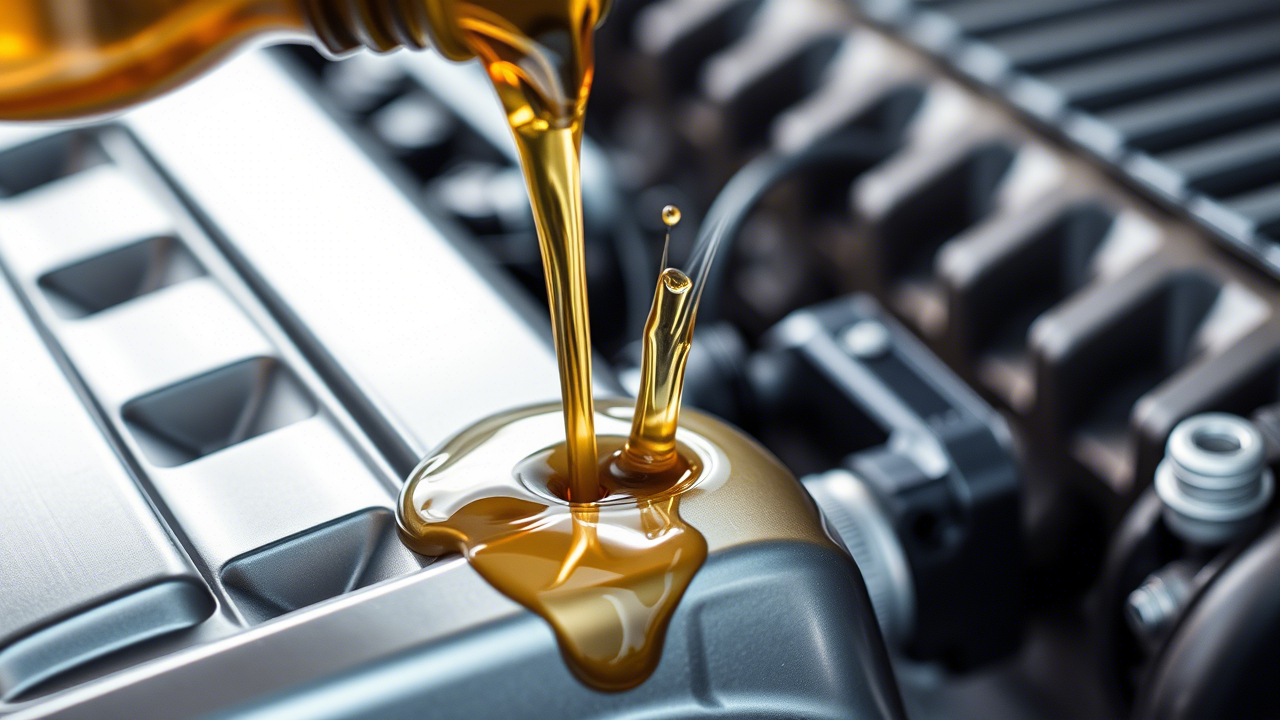
Esha Ashfaq is an SEO expert and content writer. She writes clear, SEO-friendly content that boosts traffic and rankings.

